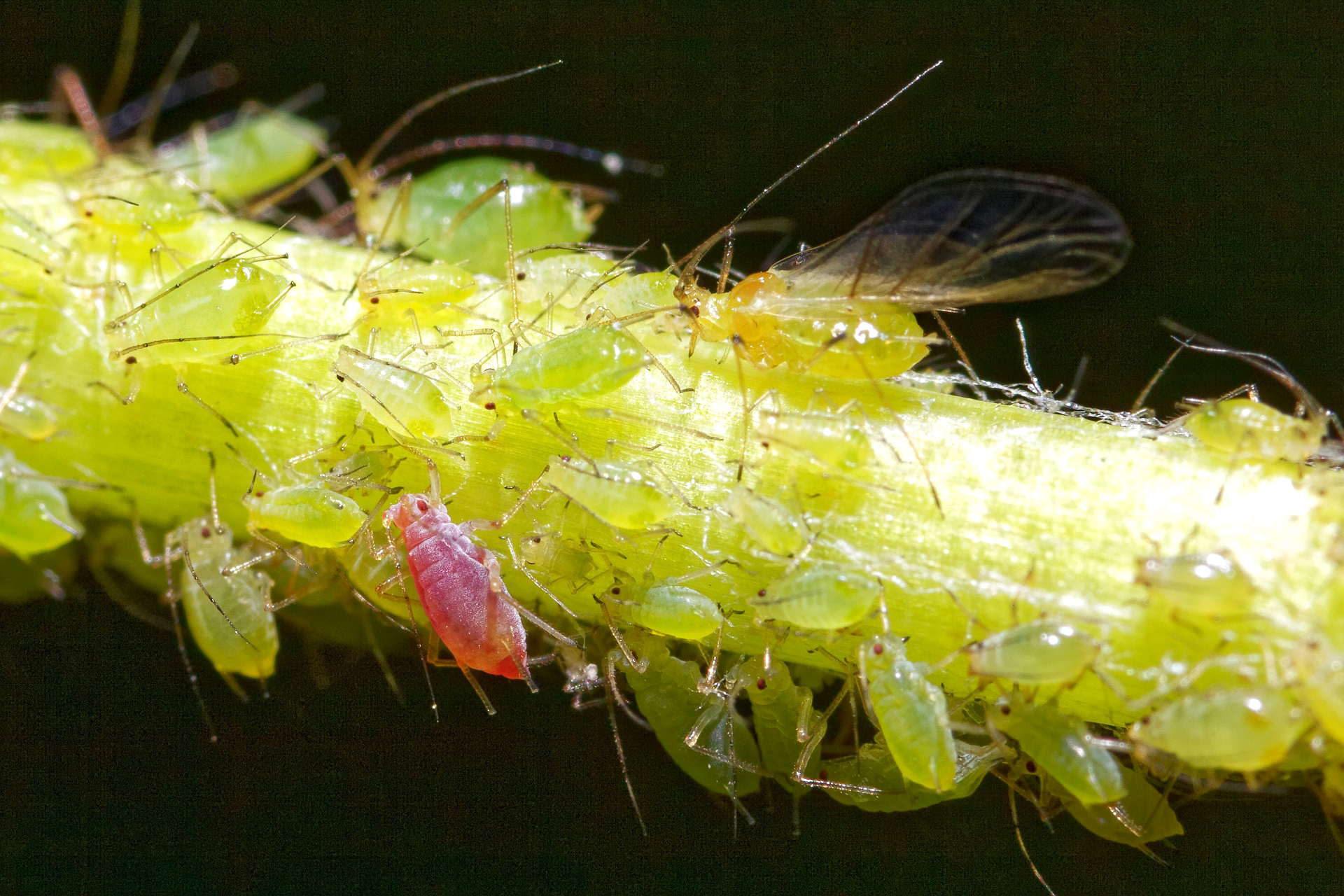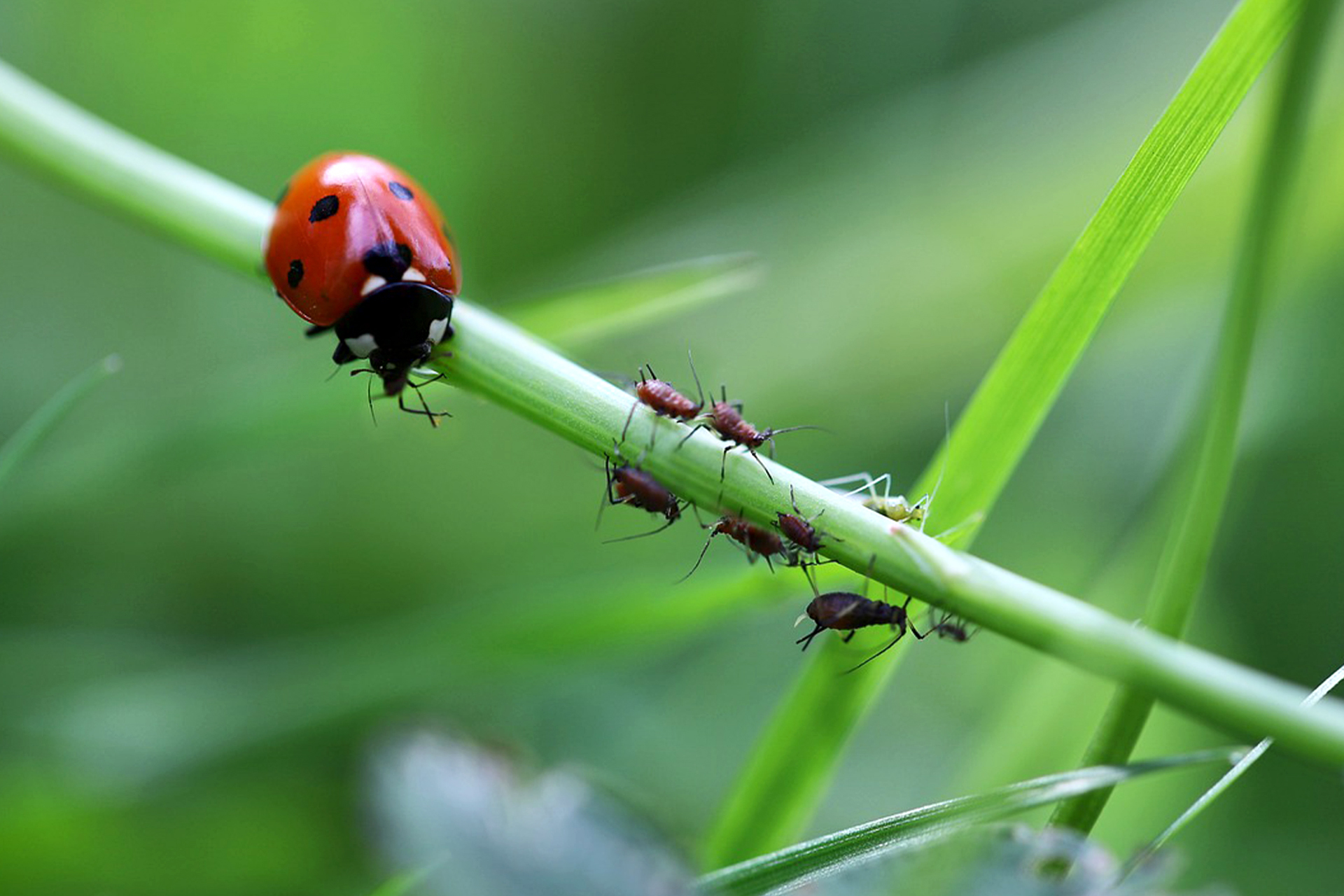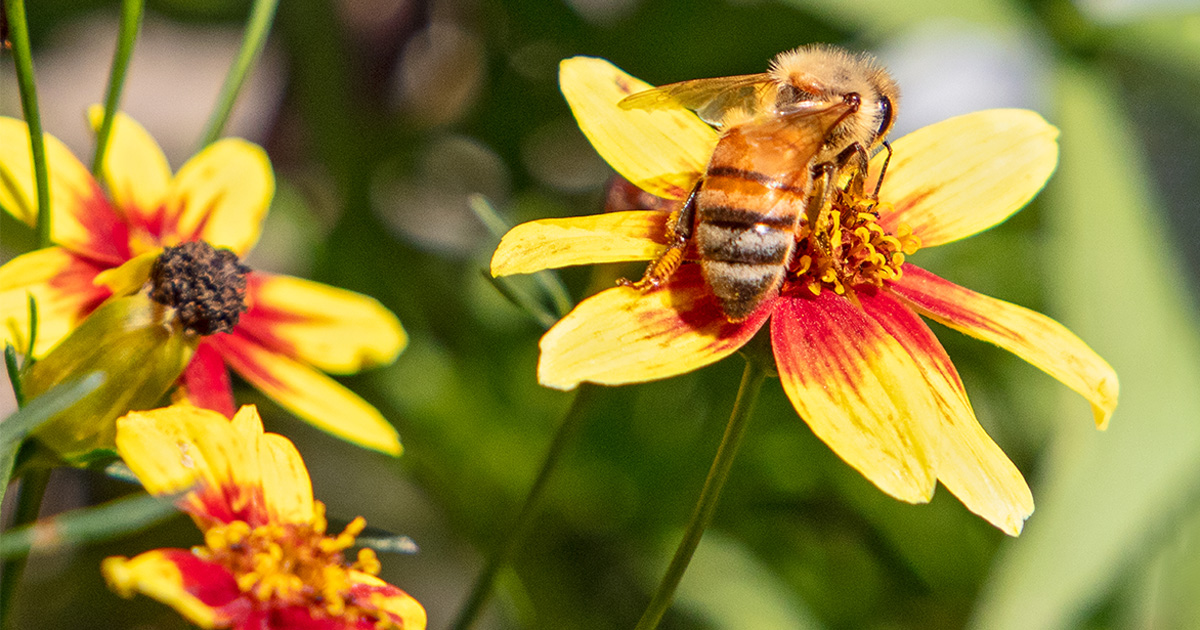Share
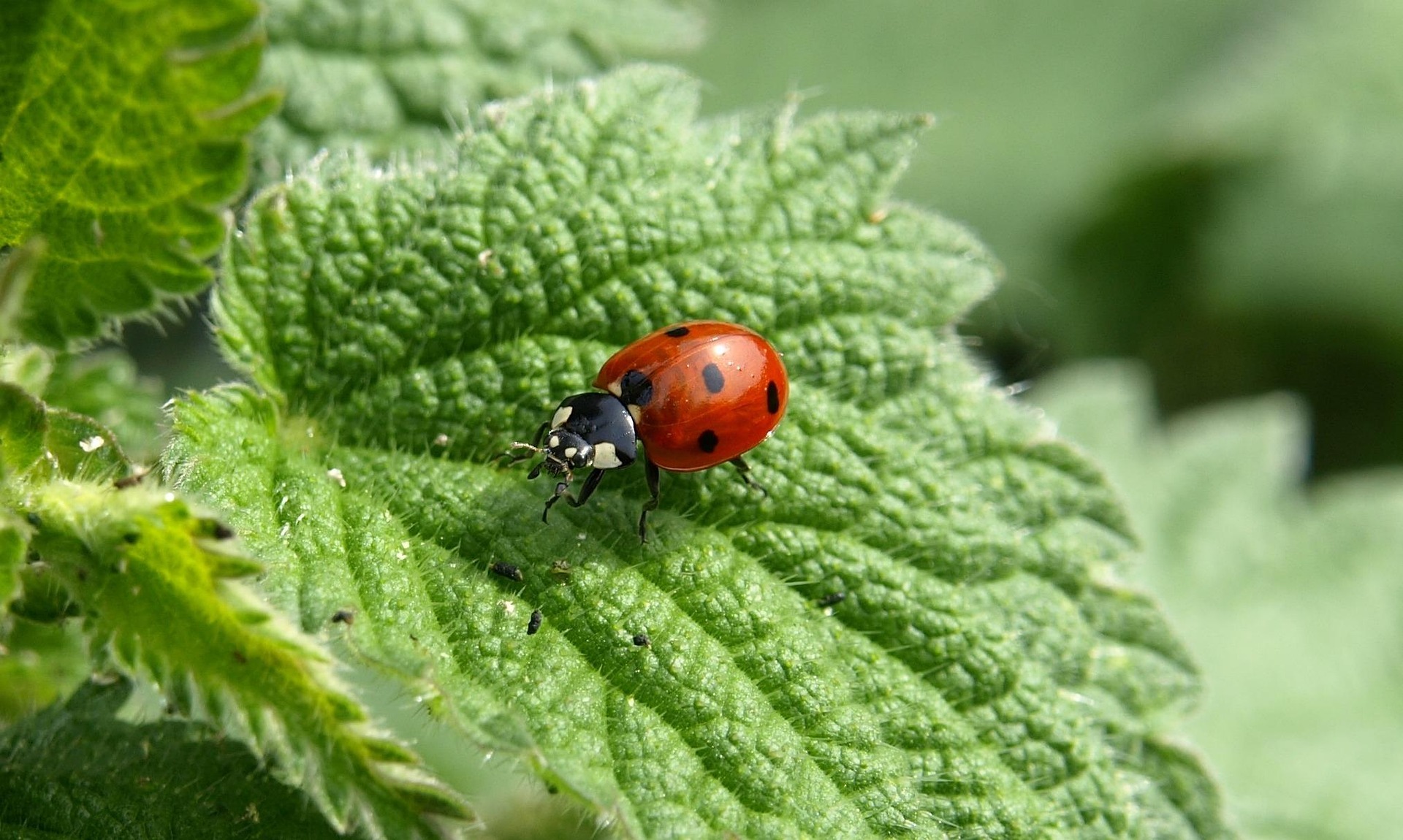
Beneficial Bugs in the High Desert: Attracting Allies for a Thriving Garden
One of the most effective ways to improve your garden’s success is by welcoming beneficial insects into your landscape. These tiny allies play vital roles in pest control, soil health, and pollination, helping your plants thrive while reducing the need for harmful chemicals. Here’s a guide to beneficial bugs like earthworms, ladybugs, praying mantids, lacewings, and beneficial nematodes—along with tips on how to attract them to your high desert garden.
Earthworms: Soil Engineers of the Desert
Earthworms are one of the best allies for gardeners, particularly in the high desert, where the soil can often be dry and compact. They play a critical role in improving soil structure and fertility.
- Impact on Your Garden: Earthworms tunnel through the soil, aerating it and allowing water and nutrients to reach plant roots more easily. They also break down organic matter, such as fallen leaves and compost, into nutrient-rich humus, which improves soil texture and provides essential nutrients for plants.
- How to Attract Earthworms: To encourage earthworms, enrich your garden soil with plenty of organic material like compost, mulch, or decomposed manure. Avoid over-tilling the soil, as this can disturb earthworm populations. Keep the soil consistently moist (but not soggy) and ensure good drainage. You can also purchase earthworms to quickly introduce them to any garden environment.
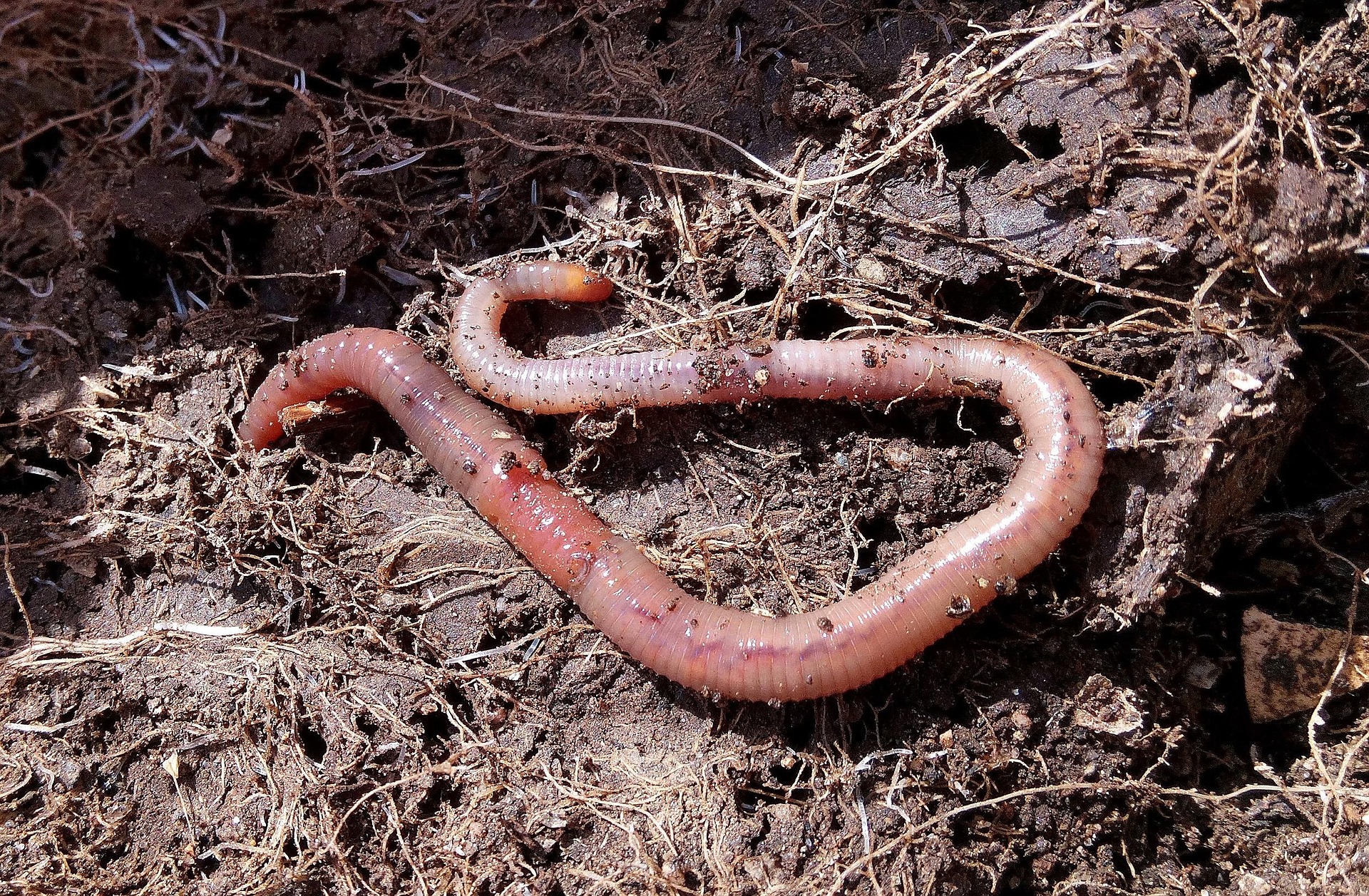
Ladybugs: Natural Pest Control
Ladybugs (or ladybird beetles) are well-known for their appetite for aphids, mealybugs, and other soft-bodied pests that can damage plants.
- Impact on Your Garden: Ladybugs are highly effective in keeping aphid populations under control. A single ladybug can consume hundreds of aphids in a single day, which helps protect your crops from these harmful pests. They also feed on mites, whiteflies, and other garden pests.
- How to Attract Ladybugs: To attract ladybugs to your garden, plant nectar-rich flowers like dill, fennel, or yarrow. These plants provide food for ladybug larvae. You can also purchase ladybugs and release them in areas where aphids are a problem.
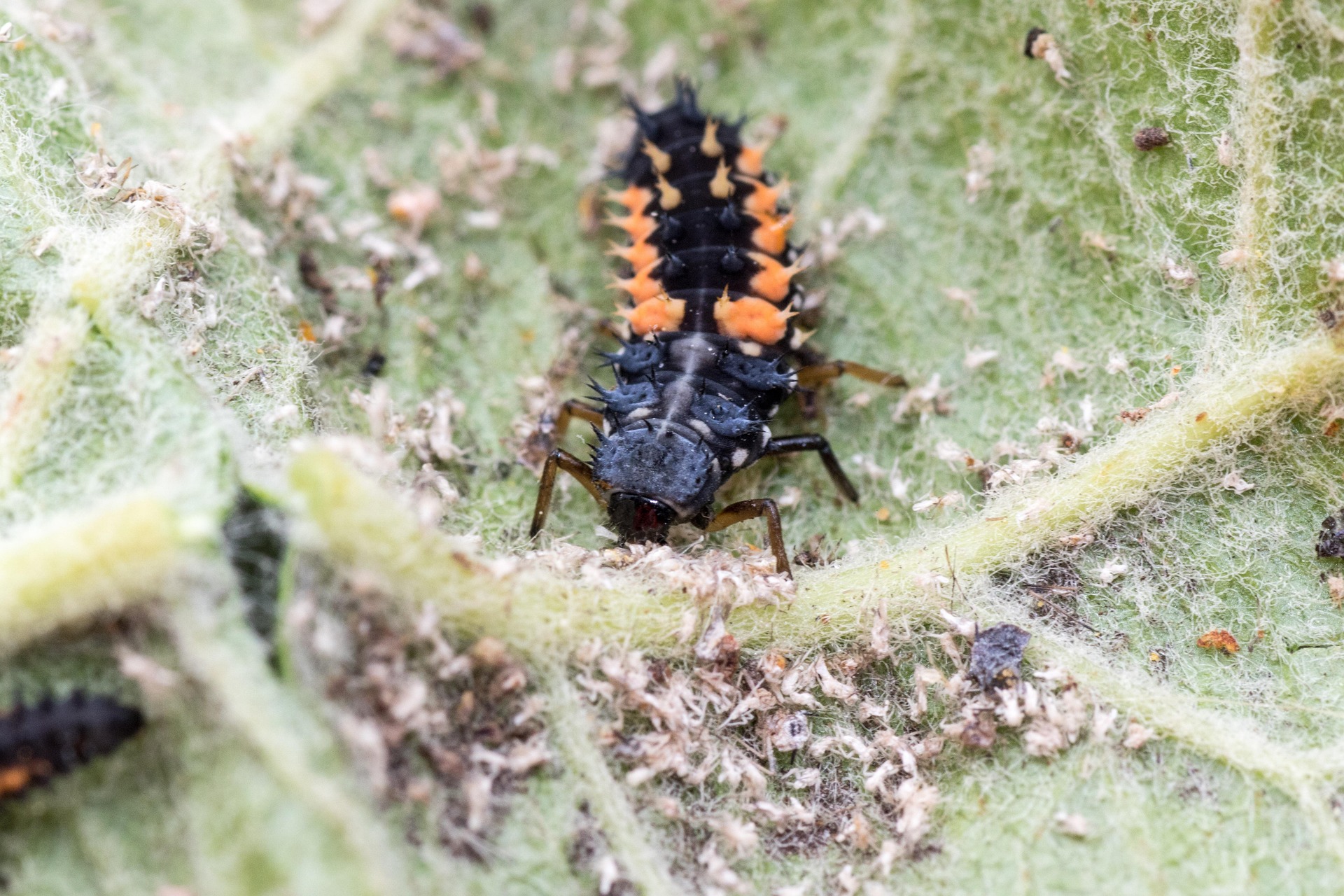
Praying Mantids: Stealthy Hunters
Praying mantids are another fascinating beneficial insect that can help control pests in your garden.
- Impact on Your Garden: Praying mantids are generalist predators, meaning they will eat a wide variety of garden pests, including aphids, beetles, caterpillars, and even small rodents. They are patient hunters, waiting for prey to come within range before striking with their powerful forelegs.
- How to Attract Praying Mantids: To encourage mantids, plant dense, perennial plants such as asters or goldenrod that provide shelter and hunting grounds. You can also purchase praying mantid egg cases (ooths) and place them around your garden to encourage their presence.
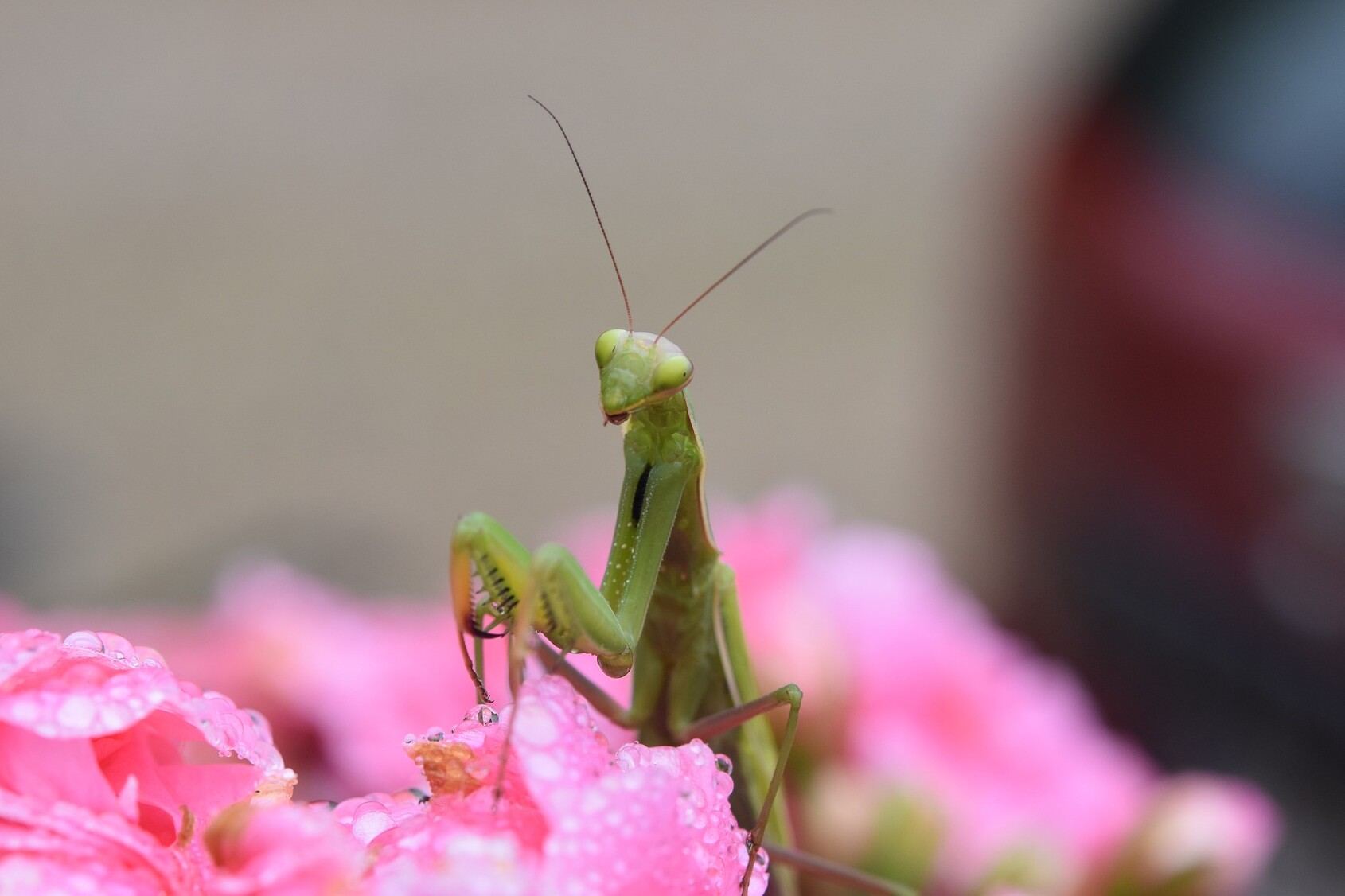
Lacewings: Tiny, Efficient Predators
Lacewings are another effective natural pest control agent, especially known for their ability to target aphids, thrips, and whiteflies.
- Impact on Your Garden: Lacewing larvae are voracious predators of aphids and other soft-bodied pests. They feed on these pests in large quantities, helping to keep your garden free of harmful insects. Lacewing adults also pollinate flowers while feeding on nectar.
- How to Attract Lacewings: Planting flowers such as daisies, marigolds, and yarrow will attract lacewings, as they are drawn to nectar. You can also introduce them to your garden by purchasing lacewing eggs or larvae and releasing them near pest hotspots.
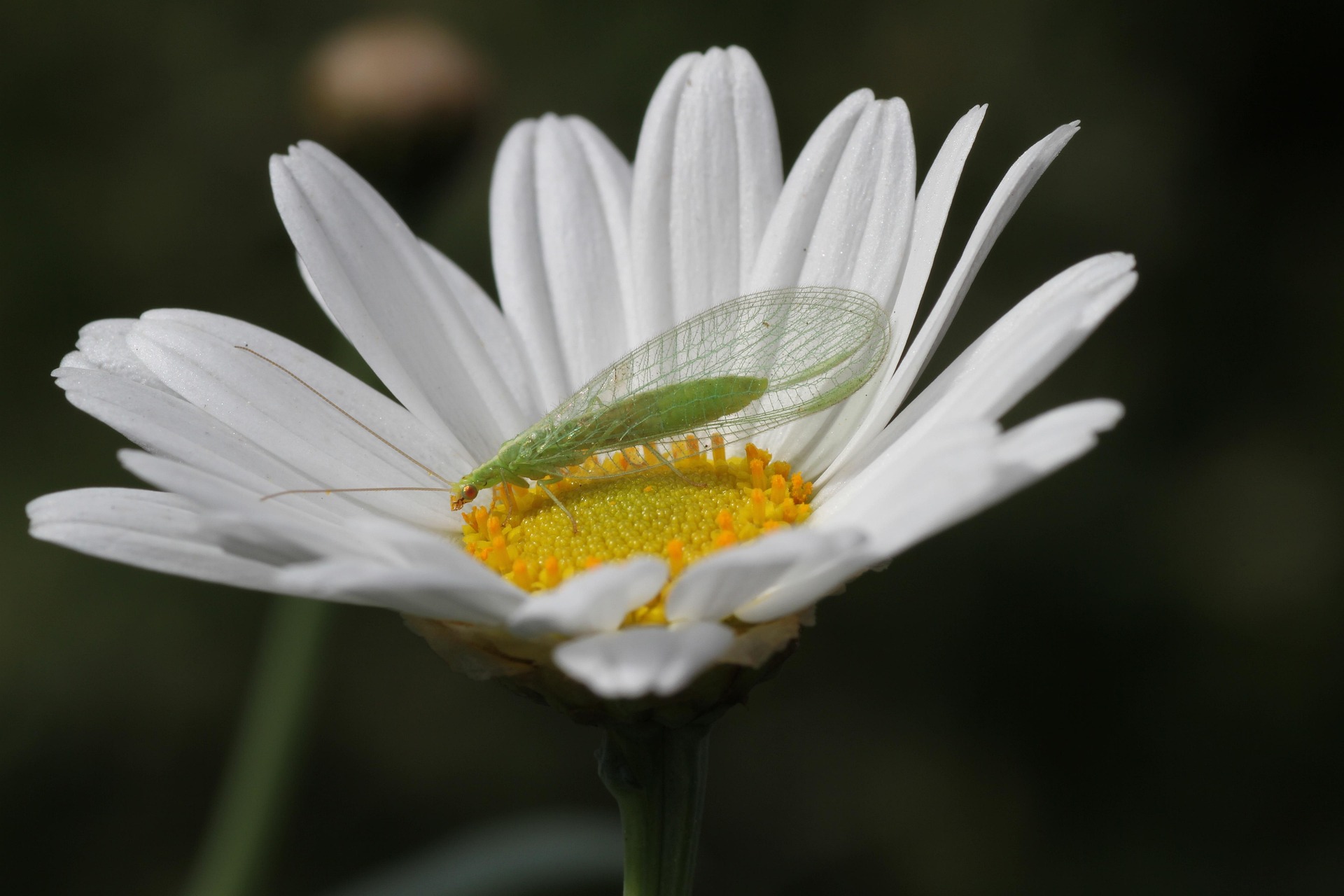
Beneficial Nematodes: Micro-Helpers Beneath the Soil
Beneficial nematodes are microscopic organisms that can provide highly effective pest control, particularly for soil-dwelling pests.
- Impact on Your Garden: These nematodes are natural predators of harmful insects like root weevils, root maggots, and grubs. They infect these pests by entering their bodies and releasing bacteria, which ultimately kills the pests. Beneficial nematodes are especially helpful for controlling pests that live in the soil, preventing them from damaging plant roots.
- How to Attract Beneficial Nematodes: You can introduce beneficial nematodes to your garden by purchasing them and applying them to the soil in moist conditions. Make sure to follow instructions for proper application, as they are most effective when introduced during specific stages of pest development.
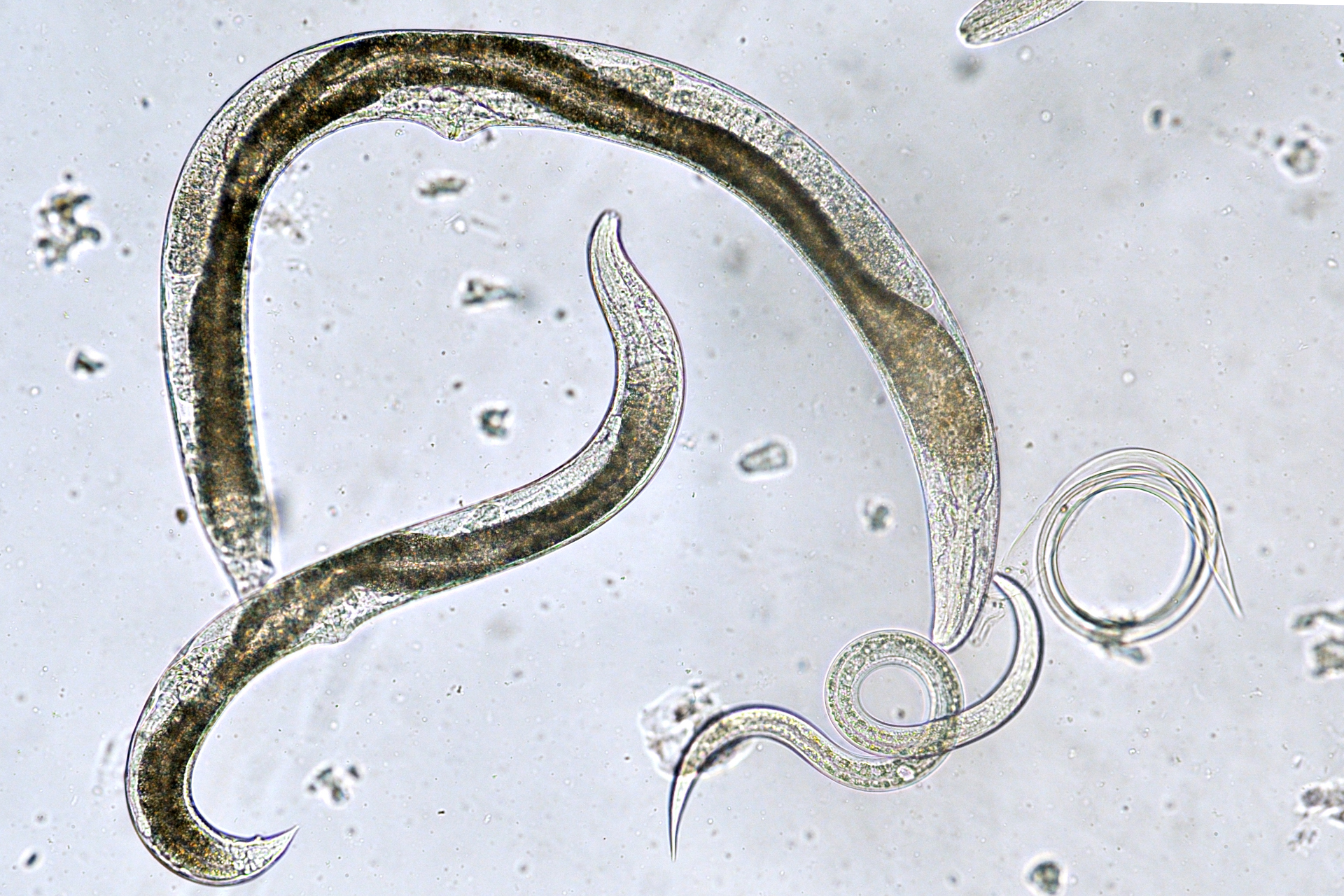
Attracting More Beneficial Insects to Your Garden
In addition to introducing specific insects, there are several ways to create a welcoming environment for beneficial bugs in your garden.
- Water Sources for Bees and Other Pollinators: Pollinators like bees, butterflies, and hummingbirds are vital for fruit and vegetable production. To attract these creatures, provide a water source, such as a small birdbath or a shallow dish with pebbles that bees can land on. Keep the water clean and fresh to make it appealing to pollinators.
- Hummingbird Nectar: Hummingbirds are excellent pollinators, especially for flowers with tubular shapes. You can attract them by planting nectar-rich flowers like trumpet vines, salvia, and honeysuckle. Alternatively, provide a nectar solution, Moana Nursery offers free nectar & refills from April-September.
- Planting Pollinator-Friendly Flowers: In addition to attracting insects, planting a variety of flowers that bloom at different times throughout the year ensures a continuous food source for pollinators. Pants like lavender, sage, and sunflowers are especially well-suited to desert environments and provide nectar for both bees and butterflies.
- Providing Shelter: Create habitats for beneficial insects by leaving some areas of your garden undisturbed. Piles of leaves, logs, or rocks provide shelter for insects like ladybugs, lacewings, and mantids. You can also set up insect hotels made from bamboo or hollow stems to offer additional shelter for pollinators and other beneficial bugs.
In the high desert, where water and soil can be scarce, beneficial bugs are invaluable allies in maintaining a healthy garden ecosystem. By introducing earthworms, ladybugs, praying mantids, lacewings, and beneficial nematodes, and by creating a welcoming environment with water sources and pollinator-friendly plants, you can foster a thriving garden that requires fewer chemicals and less maintenance. These insects not only enhance the productivity of your garden but also play a crucial role in supporting the local ecosystem. By encouraging beneficial bugs, you’re helping to ensure a balanced and sustainable garden for years to come. Happy gardening!
Share
As gardeners tend to their plants during peak gardening season, an unwelcome visitor often makes its presence known—the aphid.
Once you know the basics of integrated pest management (IPM), it's easy and effective to put into action in your garden.
Making water-saving choices in your garden can be both economically and environmentally beneficial. Learn how to create a more drought-tolerant lawn.
Learn why Beneficial Bugs are so important in Northern Nevada and what types of plants to plant in your garden or landscape to attract and keep them.

